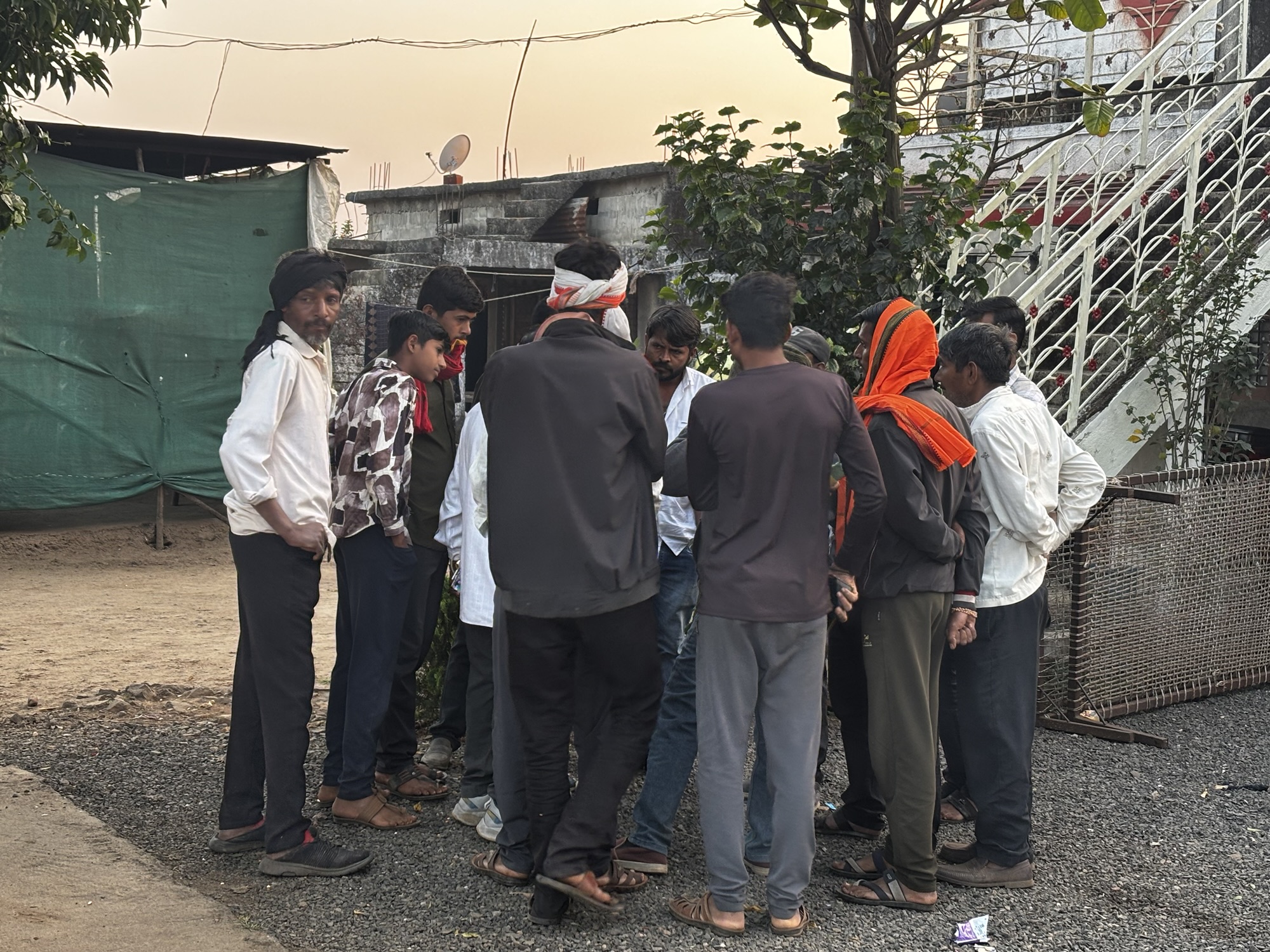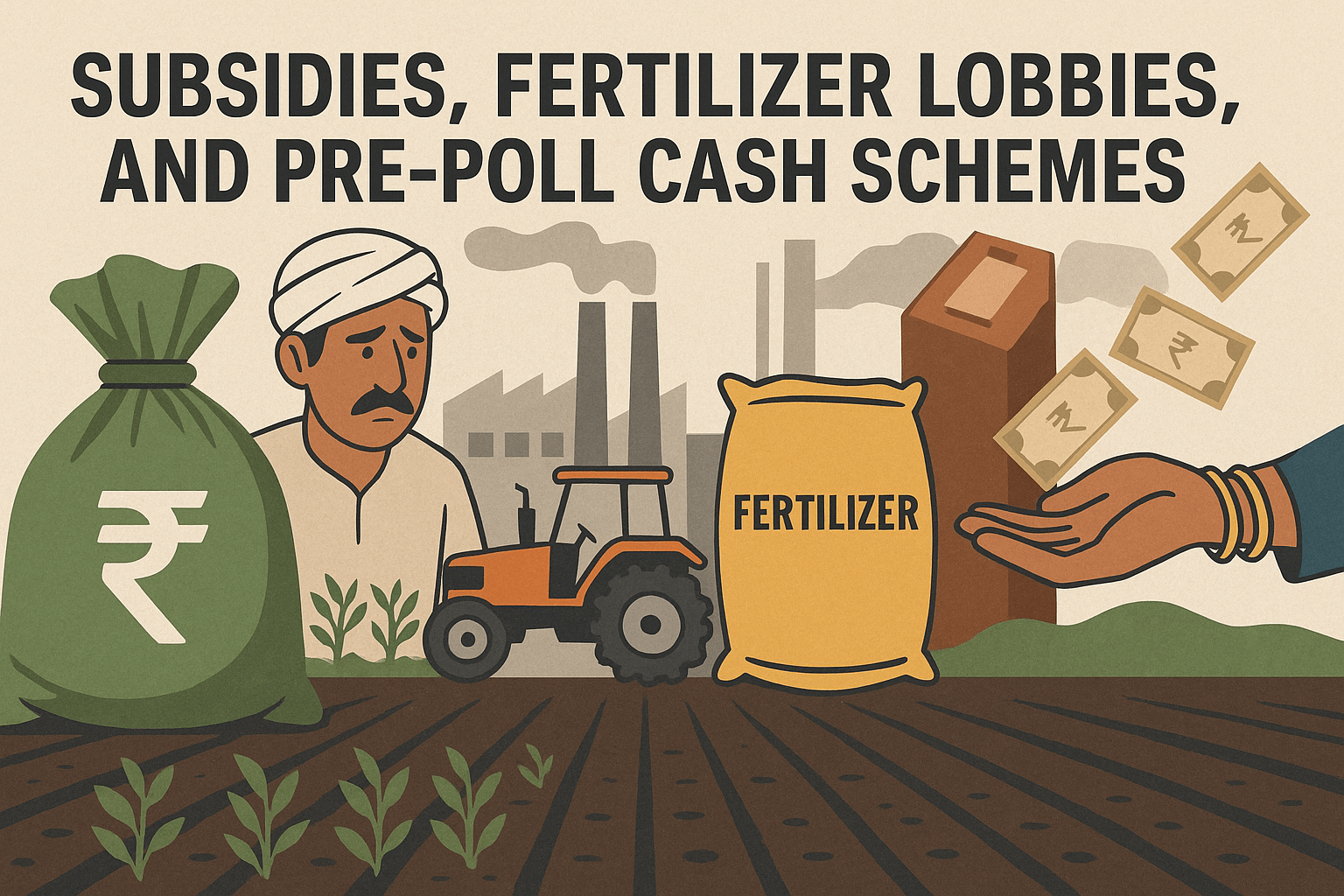The Solar Energy Corporation of India (SECI) has taken a huge step towards a cleaner environment. They recently issued a tender worth ₹1,500 crore for the production of green ammonia. This initiative aims to decarbonize India’s fertilizer sector, which is currently reliant on fossil fuels for ammonia production. Ammonia is a crucial ingredient in urea and nitrogen-based fertilizers, and India consumes about 17 to 19 million tonnes of ammonia each year. However, over half of the hydrogen needed for this production comes from imported natural gas, contributing to significant carbon emissions.
The tender was officially announced on June 7, 2024. It seeks to procure 724,000 tonnes of green ammonia annually from 13 different fertilizer plants. Bidders must submit their proposals by June 26, 2025. This tender is part of the Strategic Interventions for Green Hydrogen Transition (SIGHT) Scheme, which promotes the use of renewable energy in ammonia production.
The use of renewable energy for ammonia production is a game-changer. It can help reduce greenhouse gas emissions significantly. Currently, traditional methods of producing ammonia can emit up to 12 kg of CO₂ for every kilogram produced. In contrast, green hydrogen, produced from renewable energy, emits less than 2 kg of CO₂.
To encourage participation, the government has introduced financial incentives under the National Green Hydrogen Mission. These include Production Linked Incentives (PLI) of ₹8.82/kg, ₹7.06/kg, and ₹5.30/kg for the first three years. The total support from the government amounts to ₹1,533.4 crore. Additionally, a Payment Security Mechanism (PSM) will be in place to ensure timely payments to suppliers, thus encouraging more companies to take part in this initiative.
SECI’s tender is designed to create a stable market for green ammonia. By signing long-term offtake agreements, SECI will provide producers with the certainty they need to invest in this new technology over a 10-year period. This initiative is expected to reduce India’s dependence on imported natural gas and help stabilize domestic fertilizer production.
A successful green ammonia program will not only cut carbon emissions but also create new job opportunities. It can help India achieve its climate goals outlined in the Paris Agreement. The initiative aims to foster a self-reliant India, or Viksit Bharat, by promoting domestic production and reducing the trade deficit.
Despite these promising developments, the green ammonia sector still faces challenges. The tender has been extended multiple times due to a lack of bidders. Many companies are uncertain about the financial viability of green ammonia production, especially considering the higher production costs compared to traditional ammonia.
Experts believe that the government needs to provide clearer guidelines on subsidies and support to attract more participants. Currently, the cost of producing green ammonia is estimated to be around ₹80 per kilogram, while traditional synthetic ammonia costs about ₹40 per kilogram. The proposed subsidies may not be enough to bridge this gap.
In conclusion, SECI’s green ammonia tender marks a significant step towards a greener future for India’s fertilizer sector. It aims to reduce emissions, promote domestic production, and ultimately support India’s goal of net-zero carbon emissions by 2070. As the bidding process unfolds, it will be interesting to see how many companies come forward to participate in this transformative initiative.





